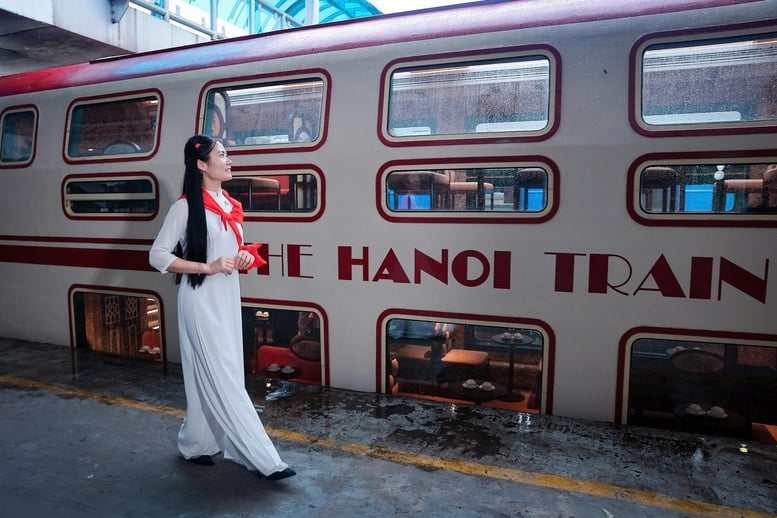
The train " Hanoi 5 gates" (The Hanoi Train) is inspired by the image of the ancient Thang Long citadel - Photo: Hoai Nam
The Hanoi Train is inspired by the image of the ancient Thang Long citadel. The train cars are named after the five gates: Cau Den Gate, Quan Chuong Gate, Cau Giay Gate, Cho Dua Gate and Dong Mac Gate - names that evoke the thousand-year history of the capital and the heritage of the Red River Delta.
Train to experience old Hanoi with 5 gates
The train consists of 5 double-decker seating carriages and 2 carriages reserved for check-in. The carriages have luxurious interiors designed according to their own themes and have from 40 to 60 seats per carriage. The windows on the carriages are all opened to the maximum so that passengers can comfortably enjoy the scenery along the way.
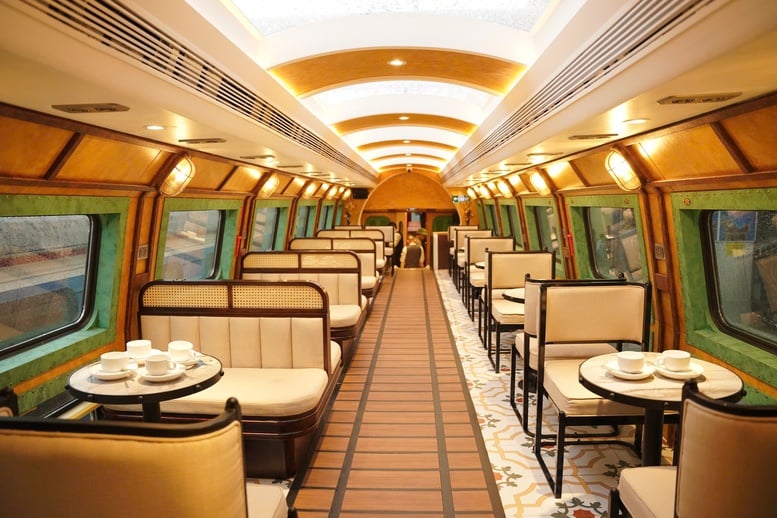
The train consists of 5 double-decker seat cars and 2 cars reserved for check-in. The cars have luxurious interiors designed according to their own themes and have from 40 to 60 seats/carriage.
During the journey, visitors will enjoy many types of traditional cultural arts such as: Quan Ho folk songs, Ca Tru, Cheo singing, Xam singing...
The 5-gate train is expected to officially operate from September 2025, with 3 trips per day at 8:00, 14:00 and 20:30. The train departs from Hanoi station, passes through Long Bien, Gia Lam, Yen Vien, Tu Son and then returns to Hanoi station.

The windows on the train are all opened to the maximum so that passengers can comfortably enjoy the scenery along the way.
The "Hanoi 5-gate" train is not only a new tourism product, demonstrating the efforts to innovate and improve service quality, but also the dedication of VNR and its partners in combining the preservation of traditional values with creative innovation, bringing the railway back to urban life in a close and lively way, contributing to promoting and developing tourism, spreading the traditional cultural values of the nation.
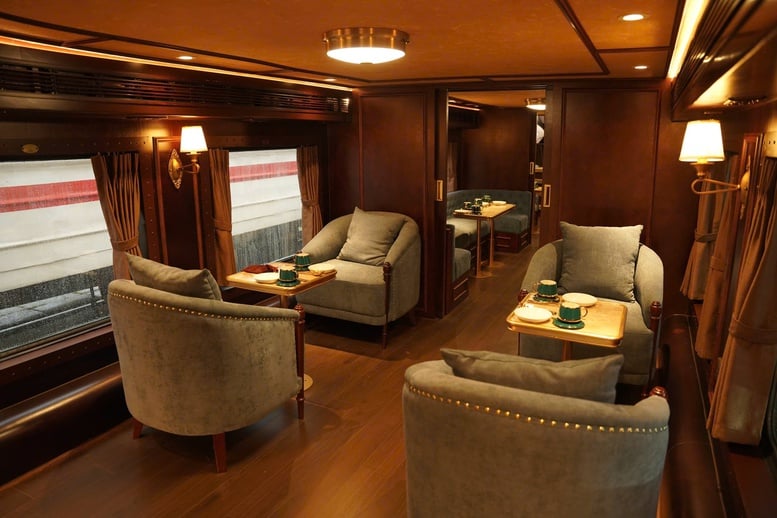
Luxurious and comfortable seats are arranged on the train carriages to bring a pleasant experience to passengers.
Also from August 19, VNR put into operation a ticket control system using biometric technology through citizen identification authentication at Hanoi station. This is a product that concretizes the policy of promoting the application of science and technology and digital transformation of the Railway industry, thoroughly implementing the spirit of Resolution 57-NQ/TW of the Central Committee.
Ticket checking using biometric technology
In the first phase, the system will be deployed in the form of authenticating passenger information using chip-embedded citizen identification cards. This is a plan to exploit the national population database, to ensure high accuracy, security and legality.
In the near future, the system will be integrated with the VNeID application, allowing passengers to check tickets using electronic identification data, without having to carry a citizen identification card, thereby minimizing procedures, improving the experience and convenience for passengers.
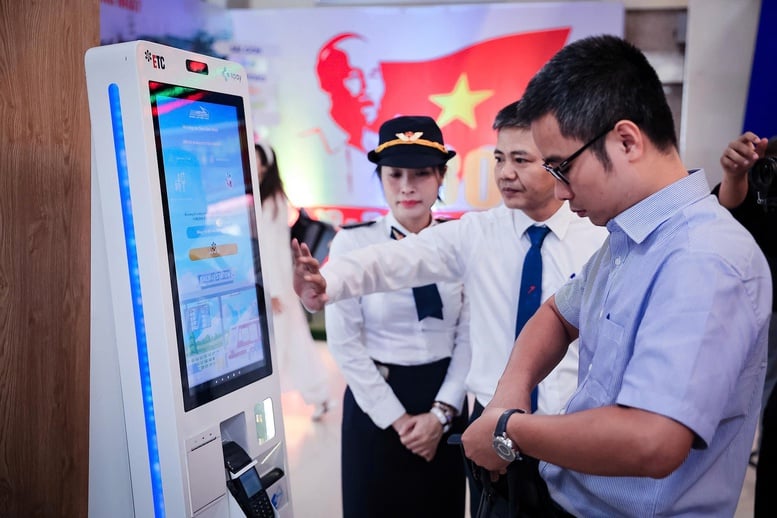
VNR puts into operation a ticket control system using biometric technology through citizen identification authentication at Hanoi station - Photo: Hoai Nam
According to VNR's assessment during the system testing process, the average ticket checking speed is only 3-5 seconds/passenger, about 50% faster than QR code scanning; the recognition success rate is over 98%; 92% of respondents rated it convenient; significantly reduces pressure on ticket checking staff, especially during rush hours...
"Integrating ticket control with biometric technology not only brings convenience, safety and transparency to passengers, but also helps the Railway industry increase management efficiency, improve service capacity and create a premise for other modernized services in the future. When completing the integration with VNeID, VNR will move towards a completely electronic ticket control model, synchronized nationwide," said VNR General Director Hoang Gia Khanh.
Phan Trang
Source: https://baochinhphu.vn/trai-nghiem-doan-tau-du-lich-ha-noi-5-cua-o-dip-2-9-102250819115135702.htm




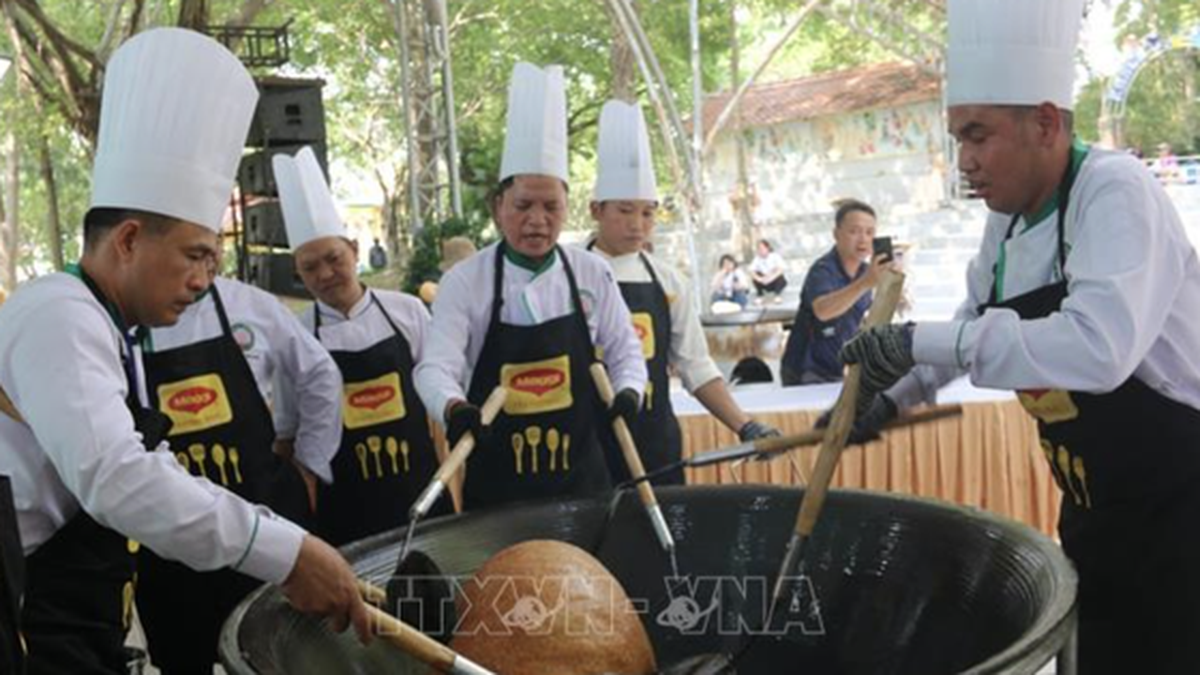



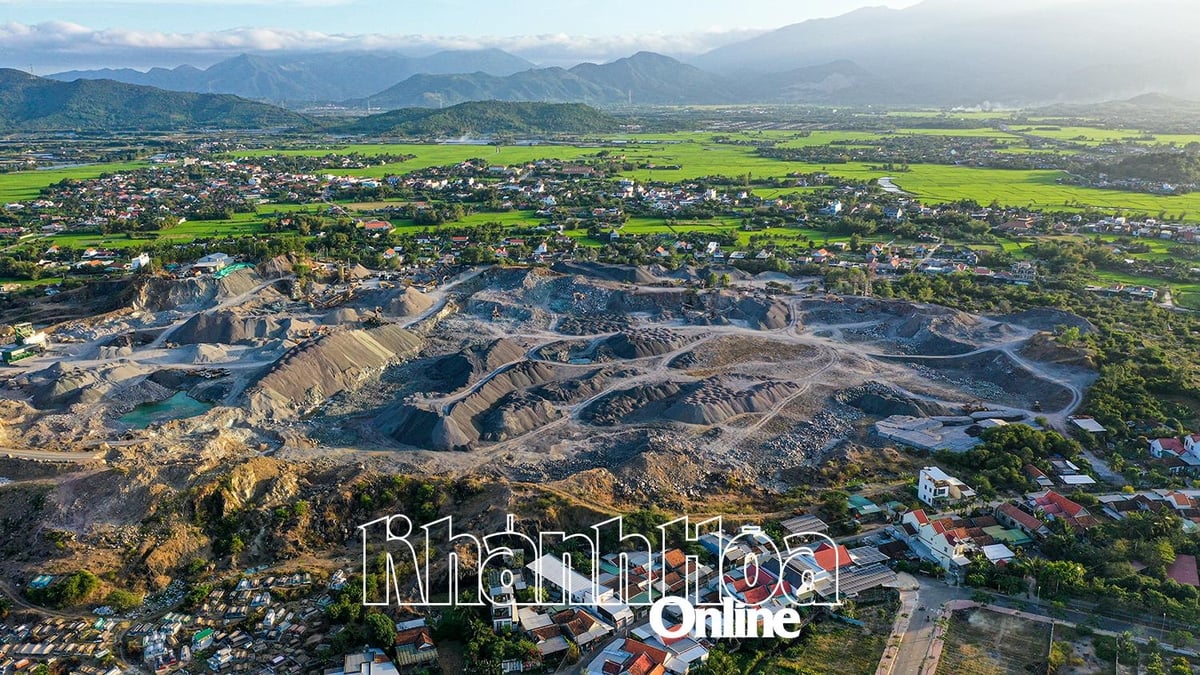














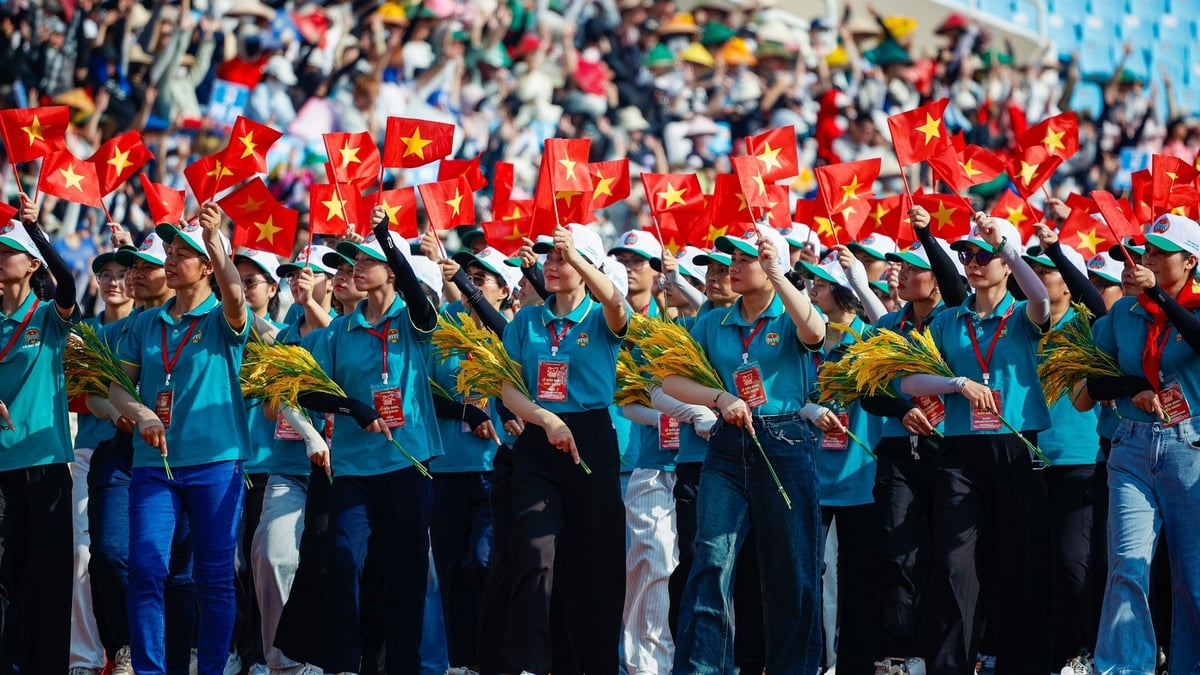




![[Photo] Politburo works with Standing Committees of Lang Son and Bac Ninh Provincial Party Committees](https://vphoto.vietnam.vn/thumb/1200x675/vietnam/resource/IMAGE/2025/8/20/0666629afb39421d8e1bd8922a0537e6)
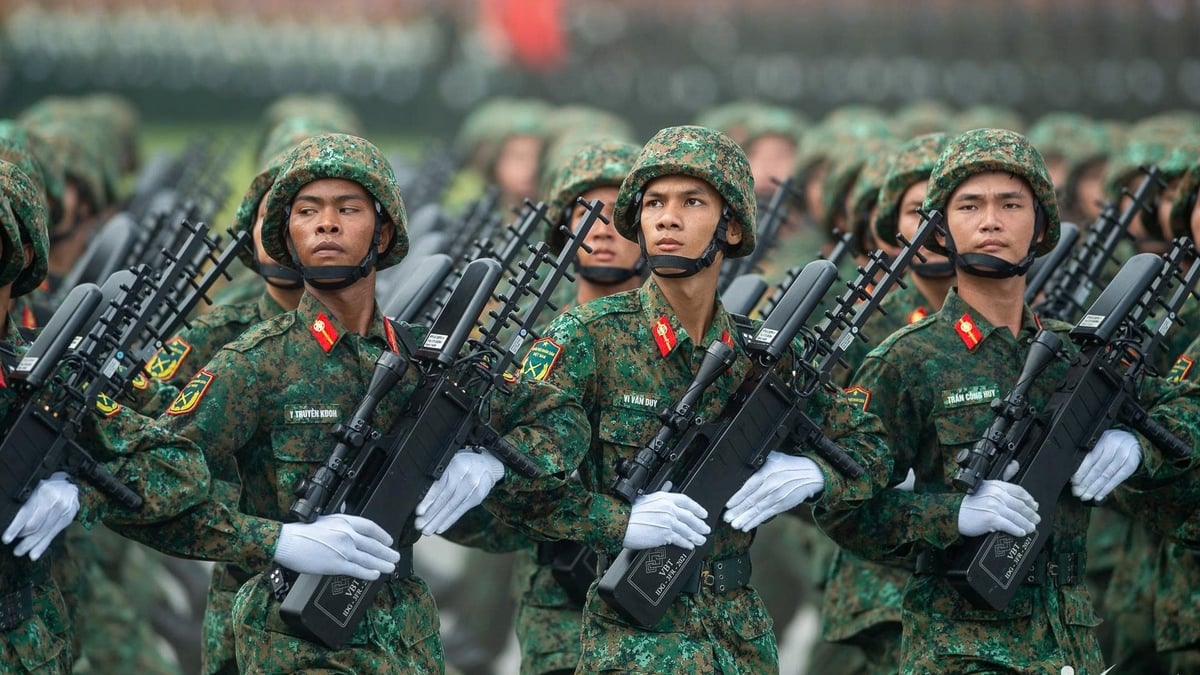

![[Photo] Prime Minister Pham Minh Chinh receives Australian Foreign Minister Penny Wong](https://vphoto.vietnam.vn/thumb/1200x675/vietnam/resource/IMAGE/2025/8/20/f5d413a946444bd2be288d6b700afc33)



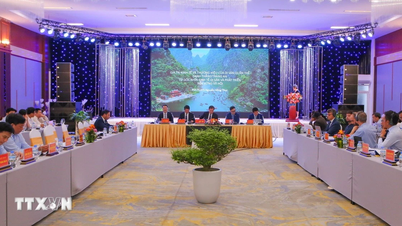

















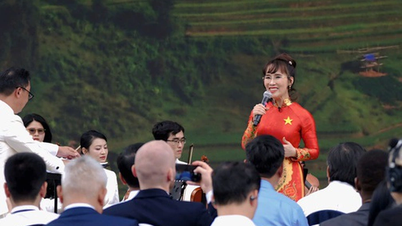
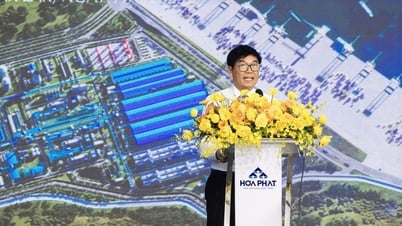




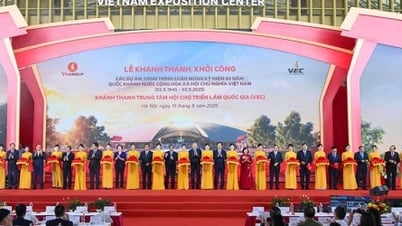
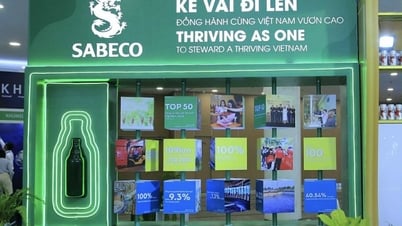








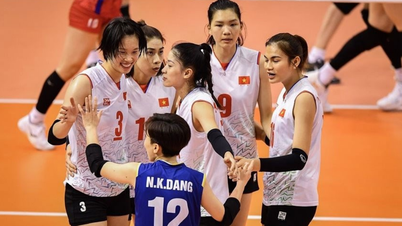




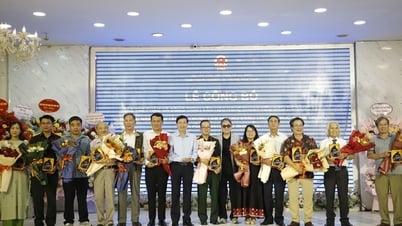



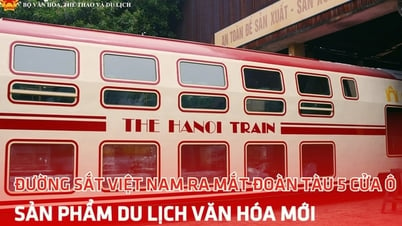













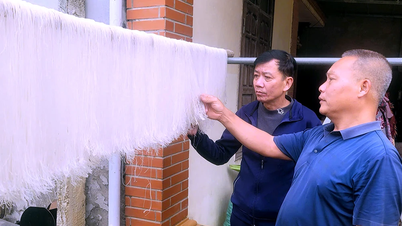






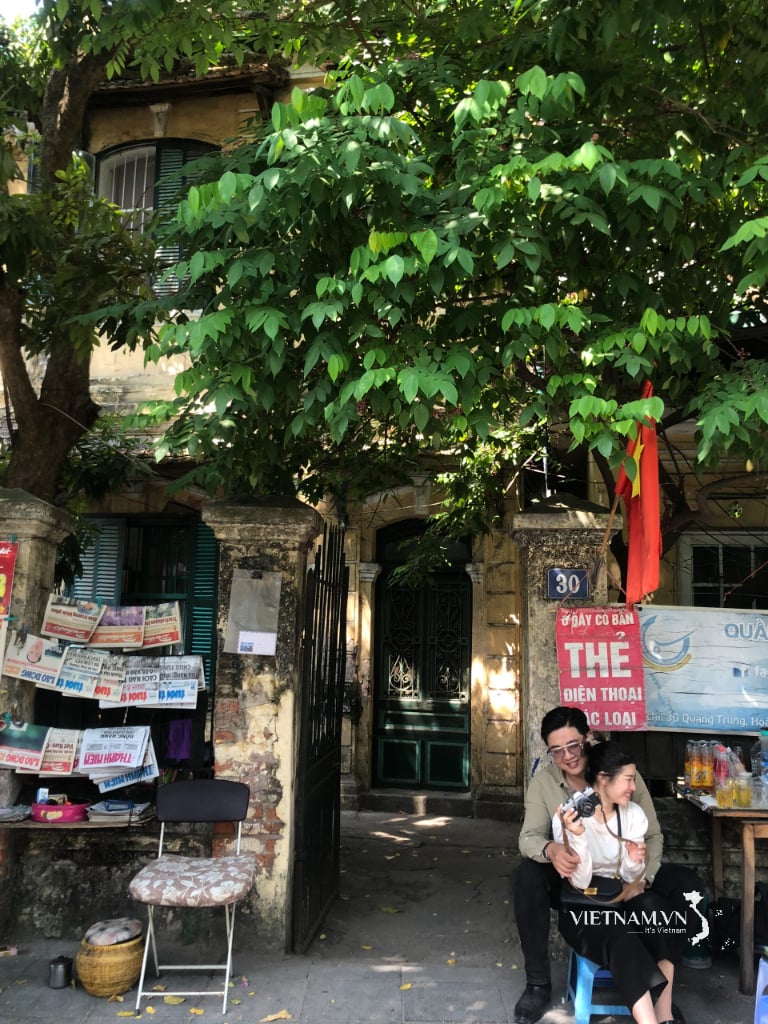



Comment (0)